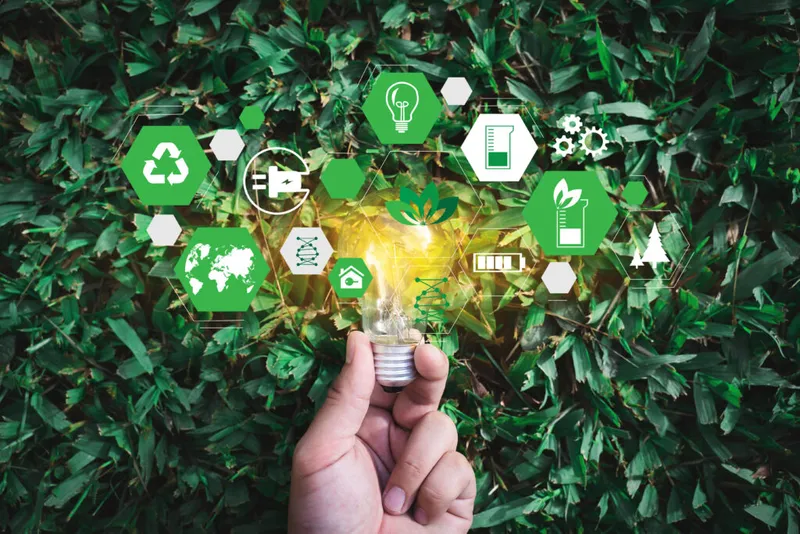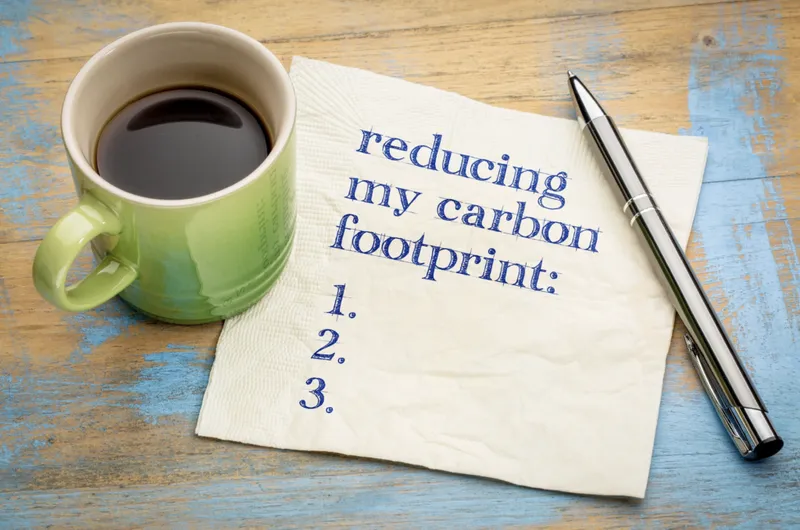Eco-Friendly Mobile Technology and the Benefits of Signal Boosting
As our reliance on mobile connectivity continues to grow, so does the environmental footprint of our digital lives. Each year, increasing demand for mobile data pushes energy consumption and carbon emissions higher, making sustainability a vital focus in the telecom industry. While mobile signal boosters are typically valued for their ability to improve connectivity, their hidden potential as eco-friendly technology often goes unnoticed.
At Signal Solutions, we install Nextivity CEL-FI mobile signal boosters across the UK and Europe. Beyond simply enhancing signal strength, these devices help reduce energy waste, limit infrastructure expansion, and even prolong the life of smartphones - contributing to a greener, more sustainable future.

The Hidden Cost of Poor Mobile Signal
Poor mobile signal doesn’t just cause dropped calls and slow browsing – it significantly impacts energy consumption. When your phone struggles to connect, it compensates by using around 30% more battery power each day.
Here’s a practical example:
Imagine a large office building with around 1,000 employees, each with their own smartphone. Under typical network conditions, each smartphone consumes roughly 13.5 Watt-hours (Wh) of energy per day. However, poor signal strength adds an extra 30%, or about 4 Wh per phone per day.
For 1,000 employees, this amounts to approximately 4 kilowatt-hours (kWh) extra per day. Over the course of a year, considering around 260 working days, that’s about 1 megawatt-hour (MWh) of unnecessary energy use. In CO₂ terms, this translates to roughly 211 kg of avoidable emissions each year for just one building.
The Environmental Impact at Scale
National Impact: United Kingdom
It’s estimated that around 13 million smartphones across the UK regularly experience weak signal conditions. Using our earlier calculation, each phone could use about 1.48 kWh extra annually. Collectively, that’s around 19,240 MWh of additional energy usage every year.
This generates approximately 3,880 tonnes of extra CO₂ emissions – the equivalent of driving over 20 million kilometres in an average petrol car. That’s enough to circle the Earth about 500 times!
Continental Impact: Europe
Across Europe, it’s estimated that around 156 million smartphones regularly experience poor signal conditions. Using the same calculation, we find a total additional annual energy consumption of around 230,880 MWh.
This equates to roughly 46,000 tonnes of CO₂ emissions each year – equivalent to the annual carbon absorption of more than 2 million mature trees. These figures demonstrate just how quickly a seemingly small issue can escalate into a significant environmental concern.
Global Perspective
Globally, it’s estimated that around 1.86 billion smartphone users struggle with poor mobile signal indoors, leading to approximately 2.75 million MWh of unnecessary annual energy consumption.
This equates to a staggering 550,000 tonnes of CO₂ emissions – comparable to burning over 220,000 tonnes of coal or the annual emissions of approximately 286,000 petrol cars!

How Mobile Signal Boosters Create a Greener Future
Minimising Infrastructure Expansion
By installing mobile signal boosters, we amplify existing mobile signals, eliminating the need for additional cell towers. This is particularly beneficial in rural areas where infrastructure can be both costly and environmentally intrusive.
With stronger signals, smartphones become significantly more energy-efficient, reducing overall electricity use and carbon emissions.
Reducing Energy Demand
With stronger signals, smartphones no longer waste energy constantly searching for connectivity. This improved efficiency lowers overall electricity consumption, significantly decreasing carbon emissions, especially in areas where electricity generation relies heavily on fossil fuels.
Globally, about 1.86 billion smartphones regularly encounter poor indoor mobile signals, creating an additional 550,474 tonnes of CO₂ emissions each year. That’s equivalent to the carbon absorbed annually by around 26 million mature trees!
Extending Device Lifespan and Reducing E-Waste
Consistent, reliable signals also preserve smartphone batteries. Most smartphone batteries are designed for approximately 300–500 full charge cycles before their capacity noticeably declines. Poor signal conditions accelerate battery wear by requiring more frequent charging cycles.
By enhancing signal strength, mobile boosters help prolong battery life, reducing electronic waste and contributing to sustainability.

An Unexpected Path to Sustainability
Businesses, property developers, and building owners hold an unexpected but significant power to enhance sustainability simply by investing in stronger mobile signals. Mobile signal boosting might seem like a minor adjustment, but it’s precisely these incremental improvements that collectively yield a substantial positive environmental impact.
By installing CEL-FI boosters, we can effectively cut energy waste, extend device lifespans, and reduce unnecessary infrastructure – taking an important step toward a greener telecom industry.
Ready to Make Your Connectivity More Sustainable?
Contact Signal Solutions today for a free consultation to learn how our CEL-FI mobile signal boosters can help your organisation improve connectivity while reducing your environmental footprint.